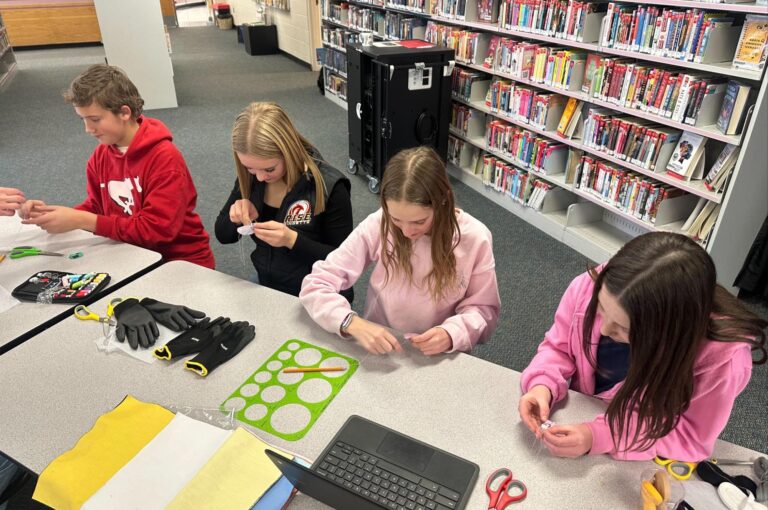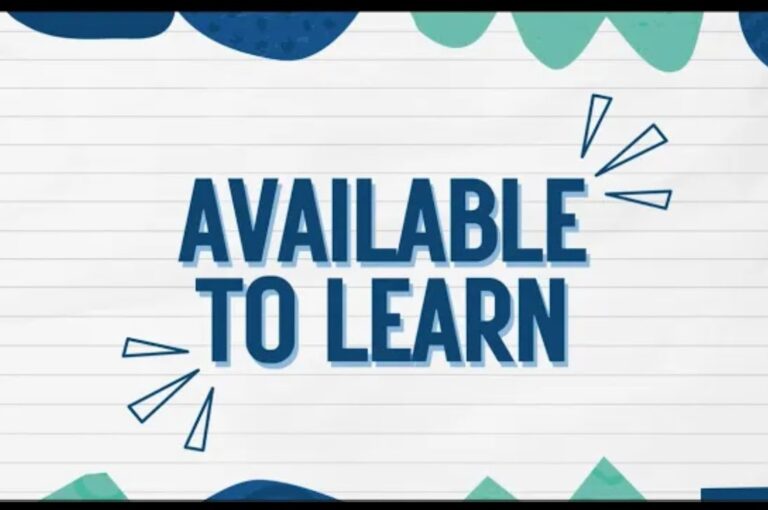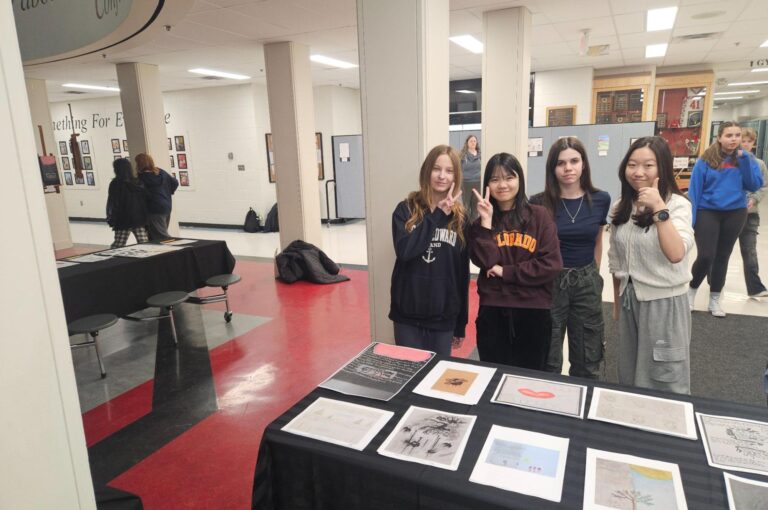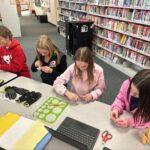One of the challenges teachers face today is finding ways to bring the math curriculum to life in their classrooms. Vanessa Page at Drumheller Valley Secondary School wanted her students to learn math in connection to the real world. To accomplish this, she begins each class with a brain teaser that ties to their everyday life. A brain teaser could be a problem for students to solve, practicing math skills, or challenging them to try something new. Realizing money is essential in our society and how for teenagers it is a hot commodity, Vanessa decided to blend her brain teasers with Financial Literacy Month in Canada and do this by connecting it to integers in the Math 8 Alberta curriculum. Students were learning about multiplying and dividing positive and negative integers in class, and then applied their new understanding to the money based brain teasers. They were learning explicit connections between math class and their own lives.
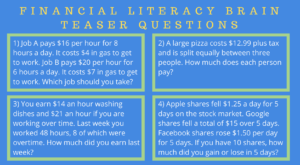
Not only were students learning to solve problems about money by connecting their after school life of eating pizza with their friends, but they were also having discussions in math class about relevant financial issues. A question about GST on pizza led to a broader discussion of tax rates across the provinces and territories in Canada, and where exactly our tax dollars go. A critical thinking question about which job is better, based on varying wages, hours, gas money, and commute time, led to a debate about whether it is better to make more money or have a happier work/life balance. Students made connections and were able to transfer knowledge and understanding from other classes, such as social studies, to their math class.
One student said, “The brain teasers are easier because I like thinking about money, and it’s familiar to me.”
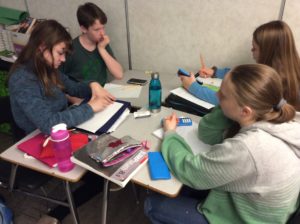 Another student commented on how the brain teasers made them think in a different way, in one that they aren’t used to. Students were challenged and they were able to extend their understanding.
Another student commented on how the brain teasers made them think in a different way, in one that they aren’t used to. Students were challenged and they were able to extend their understanding.
Drumheller Valley Secondary School believes in the value of building financial literacy for all their students. Through a partnership with Junior Achievement, grade 9-12 students have a full day where they learn about financial literacy. The program, World of Choices, allows students to learn about a variety of career options and qualifications necessary for that career, as well as budgeting in life after high school.
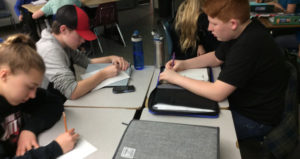 To continue this trend, Vanessa plans to use meaningful challenges tied to real-world problems for her students throughout the rest of the year. For example, when students are interpreting data and graphs, they will analyze their own screen time. They will tie in calculating volume to recipes, cooking and serving sizes. Making connections to the real world increases student understanding and engagement through purpose, relevance, and meaning. Better yet it might even get them excited about math!
To continue this trend, Vanessa plans to use meaningful challenges tied to real-world problems for her students throughout the rest of the year. For example, when students are interpreting data and graphs, they will analyze their own screen time. They will tie in calculating volume to recipes, cooking and serving sizes. Making connections to the real world increases student understanding and engagement through purpose, relevance, and meaning. Better yet it might even get them excited about math!

